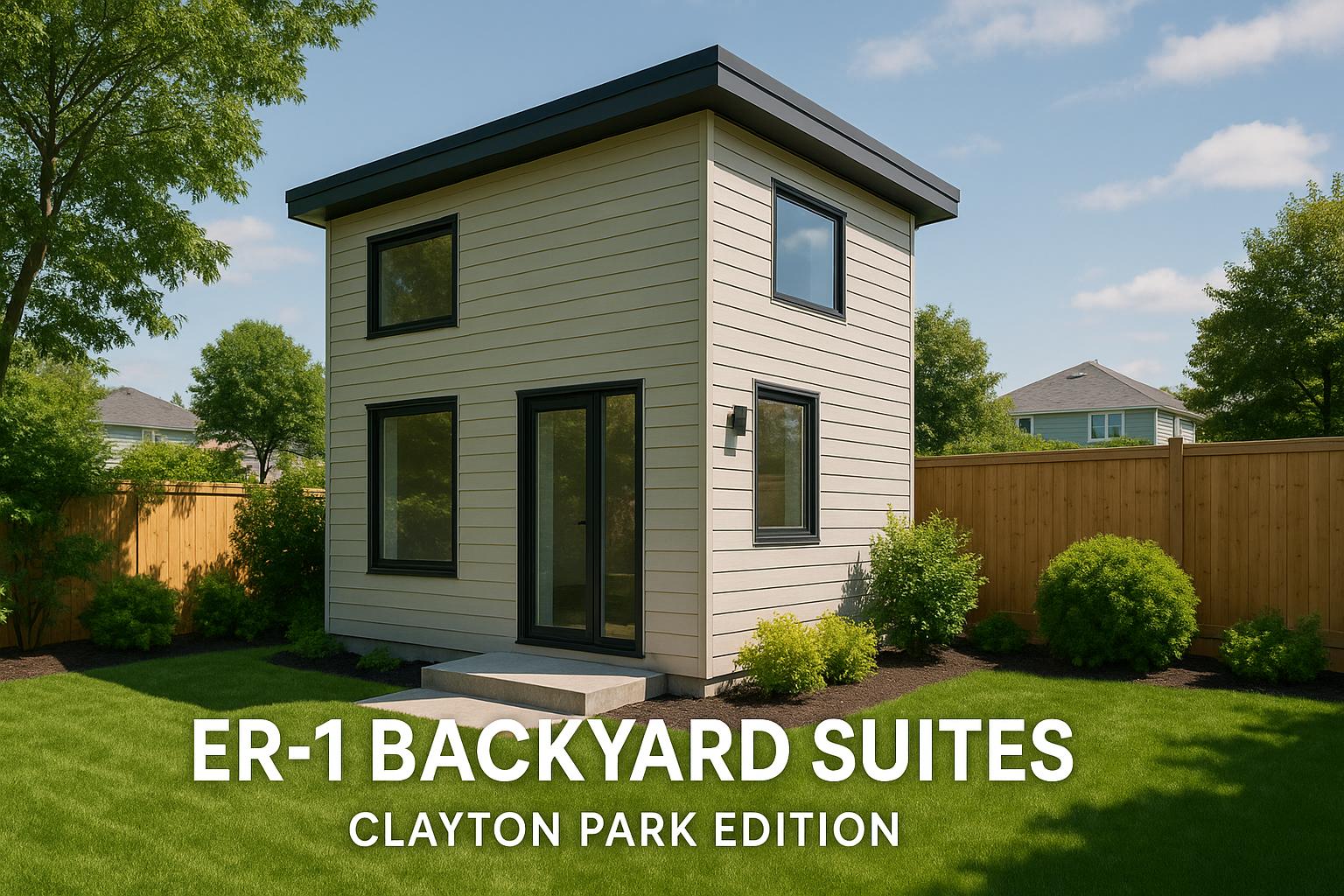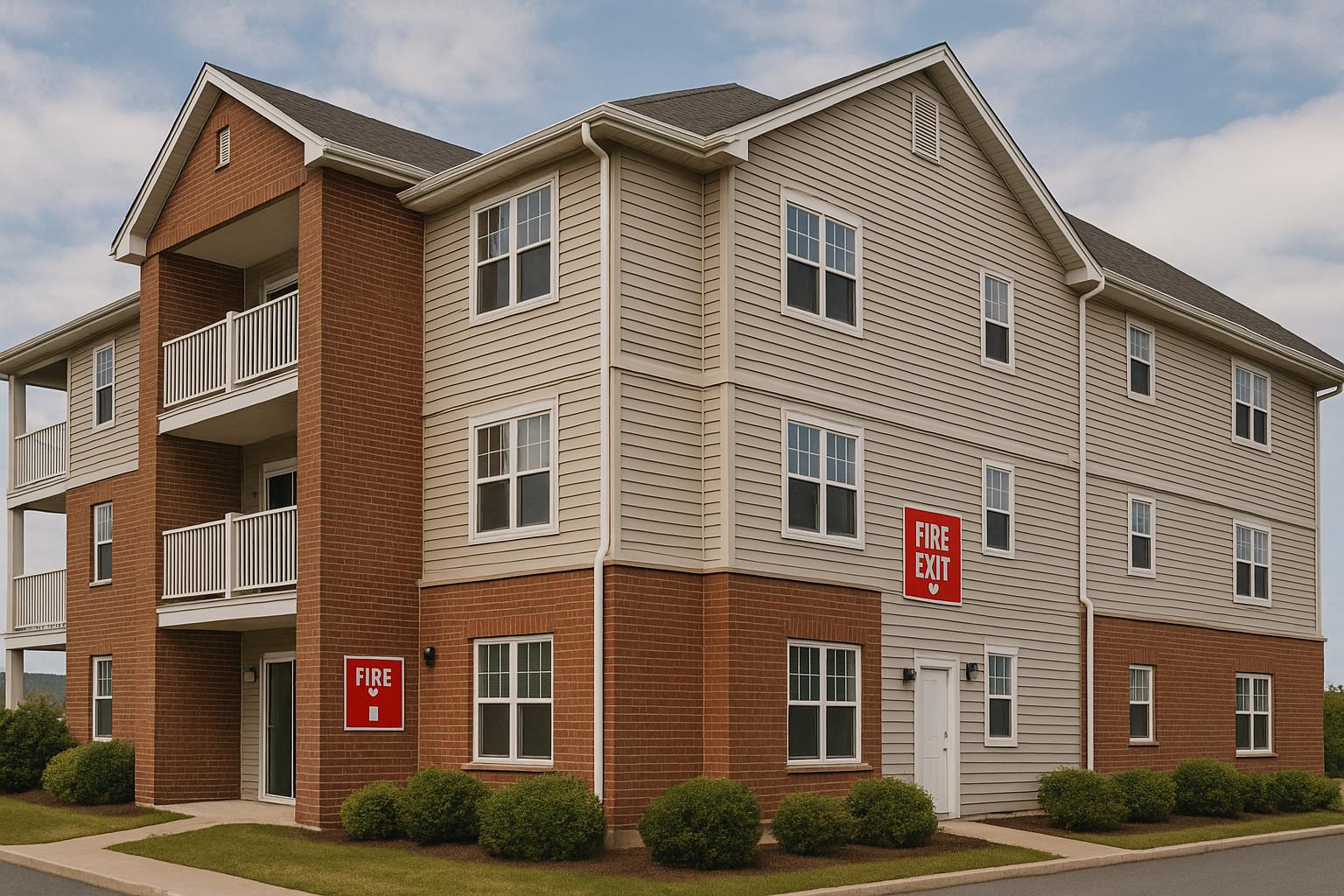Finding and analyzing rental properties is one of the most critical skills for anyone looking to build wealth through real estate. Whether you're a seasoned property investor or a first-time builder, knowing how to identify attractive deals and evaluate their profitability is key to avoiding costly mistakes. This article distills expert advice into a structured guide, equipping you with actionable strategies to discover high-potential rental properties and confidently analyze their performance.
Introduction: Uncovering Opportunities in Rental Real Estate
For property owners around Halifax and beyond, expanding into multi-unit rental development can be daunting. Horror stories of botched budgets and unreliable builders abound, leaving many cautious about taking the plunge into real estate investment. However, by mastering the art of finding and analyzing rental properties, you can mitigate risks and ensure a profitable venture.
This step-by-step guide will teach you how to:
- Identify rental property opportunities using free tools.
- Filter listings to match your investment criteria.
- Analyze the financial viability of properties to make informed decisions.
Whether you're a burned property owner seeking a partner you can trust, a first-time builder overwhelmed by complexity, or an experienced portfolio builder looking to scale efficiently, this guide will arm you with the knowledge to succeed.
The Foundations: What Makes a Great Rental Property?
Before diving into the nitty-gritty of property searches, it's important to define what makes a rental property worth pursuing. A property’s potential depends on several factors, including:
- Cash Flow Potential: Does the rent cover expenses like mortgage payments, taxes, insurance, and maintenance, leaving a profit?
- Location: Areas with strong rental demand, economic growth, and amenities are more likely to attract tenants.
- Condition: Properties in good shape may cost more upfront but often require less investment in repairs.
- Value Add Possibilities: Can you upgrade the property to increase its rental income or market value?
- Price-to-Rent Ratio: Does the property align with benchmarks like the 1% rule, which states that monthly rent should be at least 1% of the purchase price?
By focusing on these factors, you can construct an investment "buy box" - the specific criteria defining what type of property you're seeking.
Step 1: Finding Rental Properties Using Free Tools
You don’t need expensive software to find lucrative deals. Free platforms such as Redfin, Realtor.ca, and Zillow are excellent for finding residential properties, while LoopNet caters to commercial and multi-unit listings. Here’s how to navigate these tools effectively:
1.1 Start with Location
The first step is to decide which markets to target. For Halifax-based property owners, consider areas experiencing growth within 90 minutes of the city. For example, the Annapolis Valley or Truro may offer opportunities due to increasing rental demand.
1.2 Set Filters for Your Investment Criteria
When searching online, use filters to narrow down results and save time. Common filters include:
- Property Type: Single-family homes, duplexes, fourplexes, or larger multi-family units.
- Price Range: Stay within your budget but allow up to 15–20% flexibility for negotiation.
- Bathrooms and Bedrooms: Multi-unit properties often have 4+ bathrooms, making this an effective filter.
- Keywords: Use terms like "rental", "cash flow", "investor", or "multi-unit" to identify properties marketed as rental investments.
For instance, by filtering for multi-family properties with 4+ bathrooms on Redfin, you can zero in on listings most likely to meet your rental objectives.
1.3 Use Sorting Features
Platforms like Redfin let you sort by newly listed properties or those sitting on the market for extended periods. Long-listed properties often present opportunities for negotiation, while newly listed ones require quick action.
Step 2: Analysing Rental Properties Like a Pro
Finding properties is only the beginning. The real work lies in analyzing their financial performance to determine whether they are viable investments. Here’s how to break down the numbers:
2.1 Calculating Cash Flow
Cash flow is the lifeblood of rental property investing. To calculate it:
- Add up monthly rental income (e.g., $3,900 for a fourplex).
- Subtract operating expenses, such as property taxes, insurance, maintenance, and property management fees.
- Include costs like the mortgage payment to calculate your net cash flow.
For example, if a fourplex rents for $3,900/month and expenses total $3,800, you’re left with only $100/month of cash flow - likely not worth the investment.
2.2 Evaluate Purchase Price vs Rent
The 1% Rule is a quick way to assess whether a property’s price justifies its rental income. If a property costs $360,000, it should bring in at least $3,600/month in rent. If it doesn’t, it may not be worth pursuing at the current asking price.
2.3 Factor in Financing Costs
For multi-unit properties, most lenders require at least a 25% down payment. Interest rates also significantly impact cash flow. For example:
- A 6% interest rate on a $270,000 loan ($360,000 purchase price with a 25% down payment) results in a monthly mortgage payment of roughly $1,800.
- Higher rates or smaller down payments can erode profitability.
If rates are high, consider strategies like buying down points to reduce the interest rate and improve your returns.
Step 3: Adjusting the Offer to Meet Your Goals
What happens if your initial analysis shows poor cash flow? Smart investors adjust their offers or financing structures to make the deal work. Here are some strategies:
- Negotiate the Purchase Price: Lowering the price (e.g., from $360,000 to $300,000) can significantly improve cash flow and overall return.
- Increase the Down Payment: Putting more money down reduces your loan amount and monthly payments.
- Renovate for Value Add: Budget for repairs that can raise rents, increasing the property’s return on investment.
For example, offering $300,000 instead of $360,000 on a quadplex could raise annual cash flow from $1,000 to $4,600 - a significant improvement.
Key Takeaways
- Define Your Buy Box: Clarify your target property type, budget, and market to focus your search.
- Use Free Tools: Platforms like Redfin and LoopNet offer powerful filters to narrow your results.
- Analyze Cash Flow: Ensure monthly rents exceed operating expenses and mortgage payments.
- Leverage Negotiation: Always aim to get the property at a price below the asking price for better returns.
- Account for Costs: Factor in taxes, insurance, and management fees when analyzing deals.
- Consider Financing Options: Explore ways to adjust interest rates or down payments to improve cash flow.
- Build Relationships: Network with real estate agents and brokers to gain access to exclusive deals.
- Look for Value Add Opportunities: Properties in need of updates or renovations can offer higher returns if managed well.
Conclusion: Taking the First Step Toward Rental Success
Real estate investing is as much about strategy as it is about execution. With the right tools and methodology, you can transform your property into a high-performing rental investment. By following these steps, you'll not only find better deals but also make informed decisions that lead to sustainable growth and profitability.
Remember, the key to success lies in consistent action. Explore the tools and strategies outlined here, analyze your opportunities thoroughly, and don’t hesitate to negotiate to secure the best possible deal. Whether you’re building your first rental or adding to an established portfolio, mastering this process brings you closer to financial independence through real estate.
Source: "How To Find & Analyze Rental Properties (FAST & FREE)!" - Real Estate Skills, YouTube, Aug 27, 2025 - https://www.youtube.com/watch?v=GrqEjWqLp-U
Use: Embedded for reference. Brief quotes used for commentary/review.



